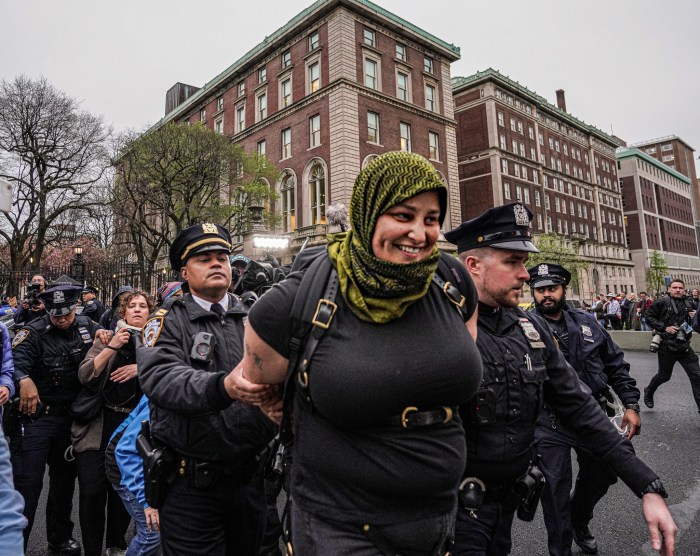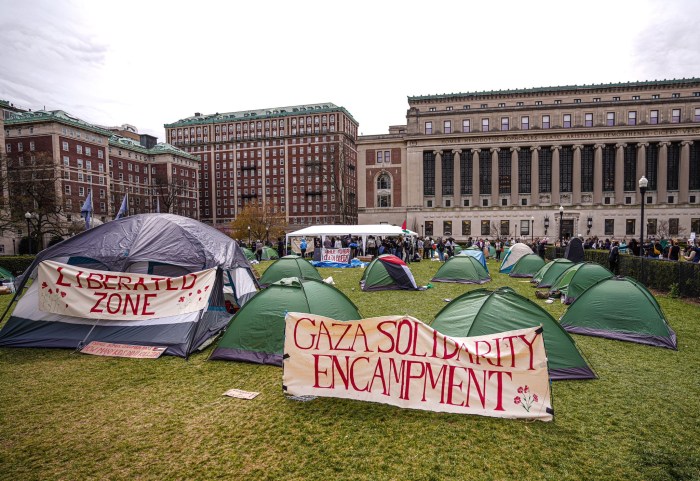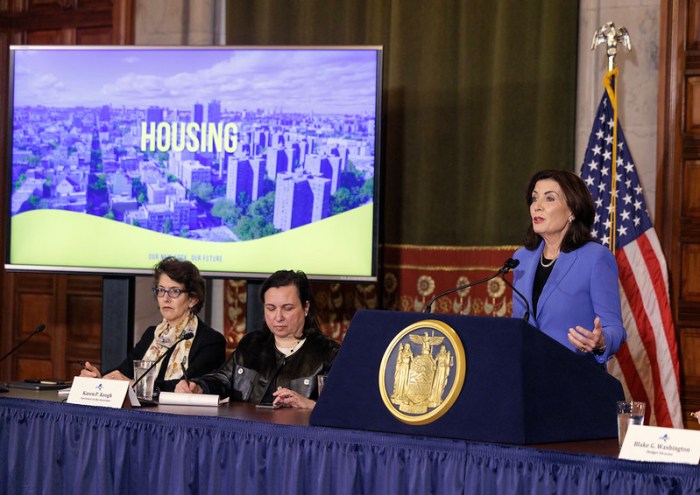No money. No food. No plan. Mayoral candidate Mike Tolkin hopes to bring the homeless crisis to the forefront of the minds of New Yorkers by spending a week on the streets of New York City.
Tolkin, a Democrat who is now running on the Smart Cities ballot after losing to Mayor Bill de Blasio in last month’s primary election, announced on Tuesday that he’ll be “living on the street” for a week — not just to promote his plan to solve the homeless crisis, but to “bring the problem to City Hall.”
“It’s one thing to put your head in the sand or the blinders on as you walk down the street, but it’s another thing to have the problem escalate and be visible in front of City Hall,” the 32-year-old entrepreneur said in a telephone interview on Friday. “Part of this is to optically elevate and force the mayor to deal with it.”
In August, there were roughly 3,530 people counted in the city’s homeless program, HOME-STAT. Of those, 2,048 were considered to be living on the street, while 1,105 were in transitional housing and another 377 were in permanent housing.
Tolkin said he hopes to put a face to the homeless crisis in a way that is seldom done. Other than broadcasting his entire experience on social media, everything else will be done “on the fly,” he said, without any prior plan for food, water, money or shelter.
“I think it’s important that people experience what I’m going to be experiencing,” he said. “If I have to beg for food, if I have to do something to get some pocket change then I will do that … I hope it will be illuminating for a lot of people.”
He plans to stay on a park bench inside City Hall Park for the week. “Hopefully we won’t get hassled too much by police.”
This isn’t the first time Tolkin has purposely put himself in the shoes of a homeless person, but the mayoral hopeful said his last experience was a matter of research in order to better formulate his plan to solve the city’s homeless crisis.
“We have put together comprehensive solutions to address the homeless crisis with an end-to-end rehabilitation plan,” Tolkin said of NYC Life, his proposal to provide safe interim housing, mental health care and an array of other services to help homeless people get back on their feet.
NYC Life, combined with his affordable housing and economic plans, will address the symptoms of the homeless crisis as well as the heart of the issue, Tolkin said. “You can’t just put people in a shelter and hope that it’s going to get better.”
Back in February, de Blasio proposed opening 90 new shelters across all five boroughs over the span of five years as part of his plan to curb the homeless crisis. But with homeless numbers on the rise in the last year, de Blasio has been criticized for his approach to solving the issue.
The de Blasio administration has managed to transition at least 750 New Yorkers into shelters over the last four years, per the mayor’s re-election campaign. But the number of street homeless rose about 40 percent in 2017, according to the city’s annual Homeless Outreach Population Estimate, which is conducted once a year in February.
There were 3,892 homeless people counted on the street in February 2017, compared with 2,794 at the same time in 2016.
Tolkin said his plan will help people get off the street, but will also equip them with the necessary care and skills to keep a roof over their heads.
The mayoral candidate acknowledged that becoming homeless for a week “is not going to be a walk in the park,” but he hopes it will help people become more empathetic toward the homeless.
“I think it’s important that I do this in the most authentic way possible,” he said.
Tolkin conceded that broadcasting the experience might impact the authenticity, but added that it is more important to raise awareness.
“To keep it as authentic as possible while elevating the issue,” he added.

















